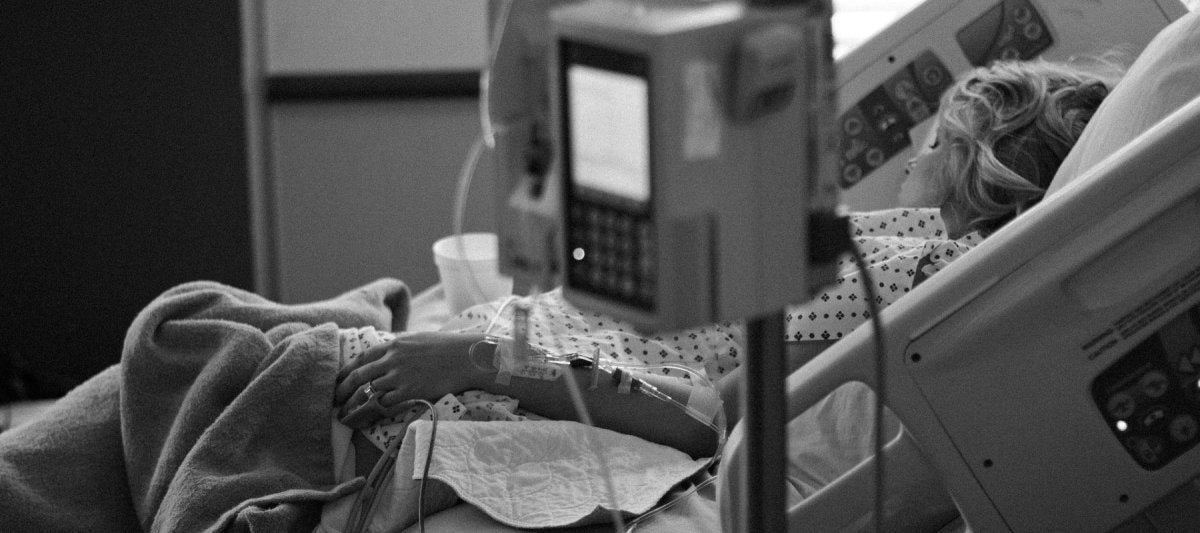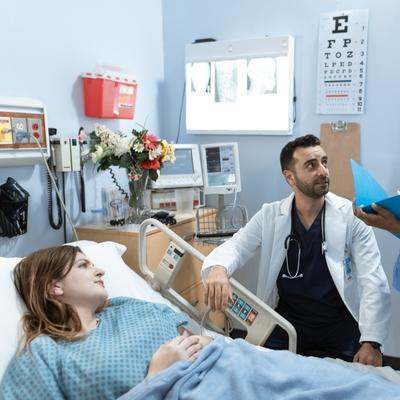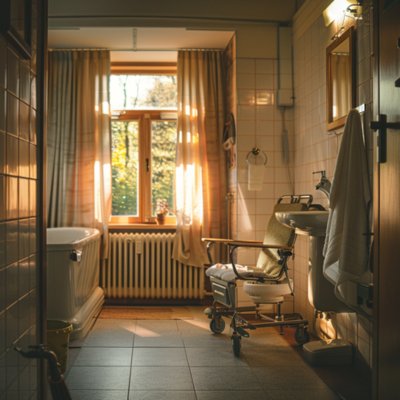The landscape of healthcare is evolving rapidly, and at the forefront of this revolution are smart hospital beds. These innovative pieces of medical equipment are transforming patient care, offering a blend of comfort, safety, and advanced technology. Let's dive into the exciting world of smart hospital bed features and discover how they're shaping the future of healthcare.
Core Features of Smart Hospital Beds
Smart hospital beds are packed with features designed to enhance patient comfort and streamline care. Here are some of the key innovations:
Key Features of Smart Hospital Beds
- Integrated Pressure Mapping: Monitors pressure distribution to prevent pressure ulcers
- Automatic Position Adjustment: Reduces pressure points and improves patient comfort
- Built-in Scales and Continuous Monitoring: Tracks patient weight and vital signs
- Advanced Safety Systems: Includes bed exit alarms and fall detection
- Smart Surfaces: Regulates bed temperature and humidity for comfort
- Connectivity: Integrates with electronic health records for streamlined care
These features work together to create a comprehensive care environment, aimed at enhancing patient comfort and assisting caregivers in providing top-notch care.
Integrated Pressure Mapping: A Game-Changer in Comfort
One of the most innovative features of smart hospital beds is integrated pressure mapping. This technology uses sensors throughout the mattress to monitor pressure distribution continuously. It's designed to alert staff when patient repositioning is needed, potentially helping to prevent pressure ulcers and enhance overall comfort.
The alternating pressure mattresses available at American Homecare Direct are an excellent example of this technology in action. These mattresses are designed to redistribute pressure automatically, aiming to enhance patient comfort and potentially reduce the risk of pressure-related complications.
Automatic Position Adjustment: Tailored Comfort at Your Fingertips
Smart hospital beds come with automatic position adjustment features that can be programmed based on patient needs or pre-set schedules. This feature is particularly beneficial for patients with specific medical conditions, as the bed can be adjusted to the most comfortable and therapeutic position without constant manual intervention.
The Med-Mizer ActiveCare SafeTurn Hospital Bed and the Med-Mizer Retract-F Retractabed Expandable Width Hi-Lo Bed Set are excellent examples of beds with advanced positioning features. These beds offer full electric adjustment capabilities, allowing for precise positioning to suit various patient needs.
Built-in Scales and Continuous Monitoring: Precision Care
Smart hospital beds often come equipped with built-in scales, allowing for precise weight measurements without the need to move the patient. This feature is particularly useful for monitoring fluid retention or weight changes in patients who are bedridden.
Additionally, some smart beds offer continuous vital sign monitoring capabilities. These contact-free sensors can track heart rate, respiratory rate, and movement without the need for wires or attachments, potentially enhancing patient comfort while providing valuable data to healthcare providers.
Advanced Safety and Fall Prevention Systems
Safety is a top priority in healthcare settings, and smart hospital beds are designed with this in mind. Many models come with advanced fall prevention systems, including:
Bed Exit Alarms
75% reduction in falls
Adjustable Bed Heights
90% of falls occur during bed exit
Night Lights
60% of falls occur at night
Predictive Analytics
80% accuracy in fall prediction
These features work together to create a safer environment for patients, potentially reducing the risk of falls and related injuries. For more information on hospital bed safety features, check out this informative blog post on preventing falls and injuries.
Smart Surfaces and Microclimate Management
Smart hospital beds often feature advanced surface technologies designed to enhance patient comfort and potentially reduce the risk of skin-related complications. These smart surfaces may include:
- Air chambers that automatically adjust to redistribute pressure
- Microclimate management systems that control temperature and moisture at the skin-mattress interface
- Automatic lateral tilting features for pressure redistribution
These features are aimed at enhancing patient comfort and potentially assisting in the prevention of pressure-related issues.
The Med-Mizer SelectCare Premium Hi-Lo Hospital Bed Set and the Drive Medical Full Electric Hi-Lo 54" Bariatric Hospital Bed are excellent examples of beds that incorporate advanced features for enhanced patient comfort and care.
Connectivity and Data Integration: The Future of Healthcare
One of the most exciting aspects of smart hospital beds is their ability to connect with hospital information systems. These beds can transmit real-time data on patient position, weight, and vital signs, integrating seamlessly with electronic health records. This connectivity opens up exciting possibilities for more efficient and data-driven healthcare.
Benefits of Smart Hospital Bed Connectivity
The Future of Smart Hospital Beds
As technology continues to advance, we can expect to see even more innovative features in smart hospital beds. Some potential future developments include:
- Integration of artificial intelligence for predictive analytics and decision support
- Adaptation of hospital-grade technology for home use
- Enhanced early mobility features to aid patient recovery
These advancements are aimed at further enhancing patient care and comfort, potentially leading to better outcomes and more efficient healthcare delivery.
Conclusion: A Bright Future for Patient Care
Smart hospital beds represent a significant leap forward in healthcare technology. By combining advanced features like integrated pressure mapping, automatic position adjustment, and connectivity with hospital systems, these beds are designed to enhance patient comfort, assist caregivers, and potentially improve overall care efficiency.
While it's important to note that these features are designed to assist in care rather than directly improve health outcomes, the potential benefits for both patients and healthcare providers are exciting. As technology continues to evolve, we can look forward to even more innovations in this field, potentially revolutionizing the way we approach patient care.
For more information on hospital beds and their features, be sure to check out our comprehensive hospital bed guide.












